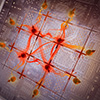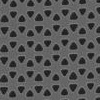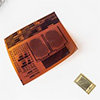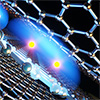Systemic bias
Systemic bias, also called institutional bias, and related to structural bias, is the inherent tendency of a process to support particular outcomes. The term generally refers to human systems such as institutions. Structural bias, in turn, has been defined more specifically in reference to racial inequities as "the normalized and legitimized range of policies, practices, and attitudes that routinely produce cumulative and chronic adverse outcomes for minority populations". The issues of systemic bias are dealt with extensively in the field of industrial organization economics. Systemic bias plays a part in systemic racism, a form of racism embedded as a normal practice within society or an organization.
It is not to be confused with the equivalent bias in non-human systems, such as measurement instruments or mathematical models used to estimate physical quantities, often called systematic bias.
Check out these latest Nanowerk News:










